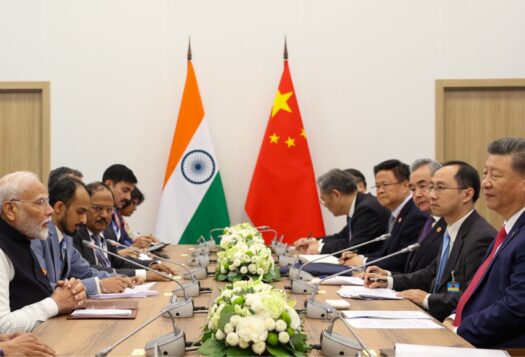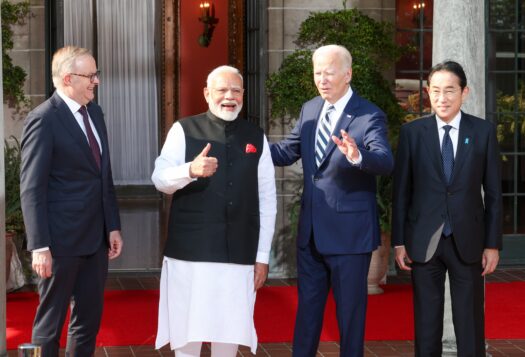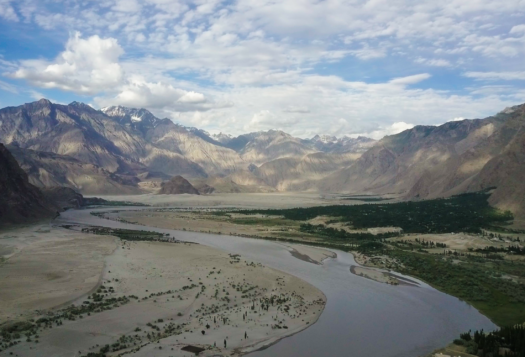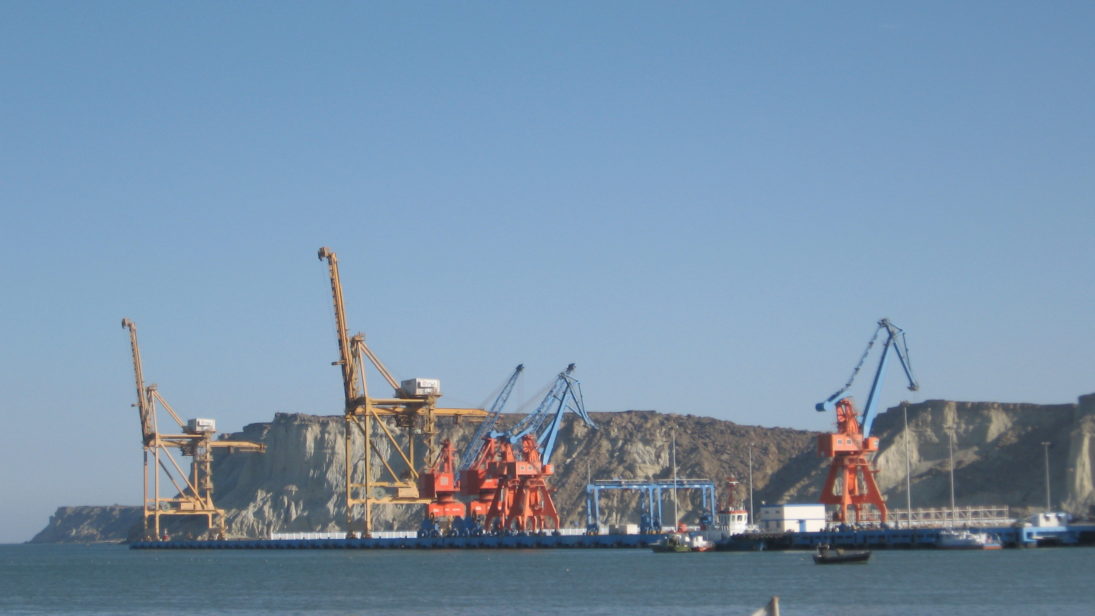
China’s decision to transform the small fishing town of Gwadar, Pakistan, into one of the critical infrastructure links in its Belt and Road Initiative (BRI) has raised eyebrows in South Asia and beyond. As a flagship project in the China-Pakistan Economic Corridor (CPEC), the deep sea port at Gwadar, once operational, may become South Asia’s largest shipping center within five years. With CPEC as a whole addressing serious deficiencies in Pakistan’s transport, energy, and infrastructure sectors, Islamabad’s enthusiasm around the $62 billion USD of Chinese investment is well-founded. To borrow a term from game theory, CPEC seems to be a non-zero sum proposition—“a win-win” for both China and Pakistan.
Yet the strategic benefits accrued to Beijing appear too vast to avoid suspicion from the rest of the world. Gwadar itself is arguably more important for China than Pakistan: Beijing’s economy is booming, but an overland network connecting China’s western provinces will help spread economic growth across the country at the same rate as that of its eastern, coastal ones. Analysts have touted Gwadar as one of China’s so-called “string of pearls,” a term that refers to the theory that China is erecting a series of naval bases intended to encircle India and stymy the country’s maritime ambitions. Inaugurated in 2015, CPEC continues to progress even as relations between Pakistan and the United States have hit a nadir, provoking uncertainty in Washington regarding China’s true intentions with Pakistan.
Despite these suspicions from external stakeholders, enthusiasm for CPEC continues to prevail within Pakistan. Indeed, the economic corridor has the potential to be a game-changer for development-starved Pakistan, but only if Islamabad manages to build an internal consensus on CPEC, especially around fears of mounting foreign debt and Pakistan’s labor market.
All Roads Lead to China
China’s hard mechanics in the South China Sea, as well as its fitful border standoffs with India, have compounded concerns around China’s “expansionist” plans in Asia. Instead of coercion, Beijing has opted to achieve its aims through the extensive use of economic handouts and development aid through the Belt and Road Initiative (BRI). Yet, by establishing the Asian Infrastructure Investment Bank (AIIB) and the Shanghai Cooperation Organization (SCO) as well as drawing plans for the grand BRI, Beijing has only begun to persuade the global community of its soft leadership. All the while, it has been subject to increased public scrutiny over its ability to deliver on its mammoth promises.
If China delivers on BRI, the initiative will place Beijing at the center of global trade and commerce, providing a ringing endorsement of China’s ability to transform regional overland connectivity and supply chain networks in Asia and beyond. CPEC is a key part of this vision, and a well-connected Pakistan has the potential to turn the state into a lucrative transit gateway for Beijing’s economic overtures into Afghanistan, Iran, and the Central Asian nations.
CPEC in 2018: What To Expect
Within CPEC, energy and connectivity are two key focal points, with 21 different renewable and non-renewable energy projects being announced and 19 of them kicking off over the next few months. Already, in November 2017, the Pakistan Prime Minister Shahid Khaqan Abbasi inaugurated the unit-I of the 1,320 MW coal-fired power plant, stating that the project had been completed in record time and had added a great deal of capacity to Pakistan’s power surplus.
Beijing has also pledged to make extensive rail and road networks across the country, improving connectivity and linking key business districts across the country by 2030. Already several key projects are expected to conclude in 2018. The Gwadar Eastern Expressway—the completion of which is expected in December—is likely to ease the movement of goods and supplies near the Gwadar port. Wind power projects in Sindh and four out of seven sections of the Karachi-Peshawar line are also likely to take off in 2018. Nearly 75 percent of the construction work has been completed on the PML-N’s signature mass-transit line in Lahore, a project that is expected to help transport nearly 250,000 people on an everyday basis. Additional units of the coal-fired plant at Port Qasim are also expected to conclude in 2018.
What Lies Beneath?
While Beijing has reiterated again and again that CPEC will be a game-changer for Pakistan, Beijing’s statements on CPEC have failed to explain to what extent it will benefit Pakistan’s internal development or whether it will benefit Pakistan’s labor market or local businesses. For instance, major stakeholders involved in the Gwadar port project are already questioning Islamabad’s inability to include concerns of local businesses and citizens over Gwadar-related projects. Pakistani legislators in January 2018 questioned the rationale of the Pakistan Muslim League (Nawaz) (PLM-N) government to grant significant tax concessions to Chinese companies at the cost of excluding local businesses. These concerns draw attention to whether a Pakistan-led development plan would look different than what Beijing perceives to be favorable for its neighbor.
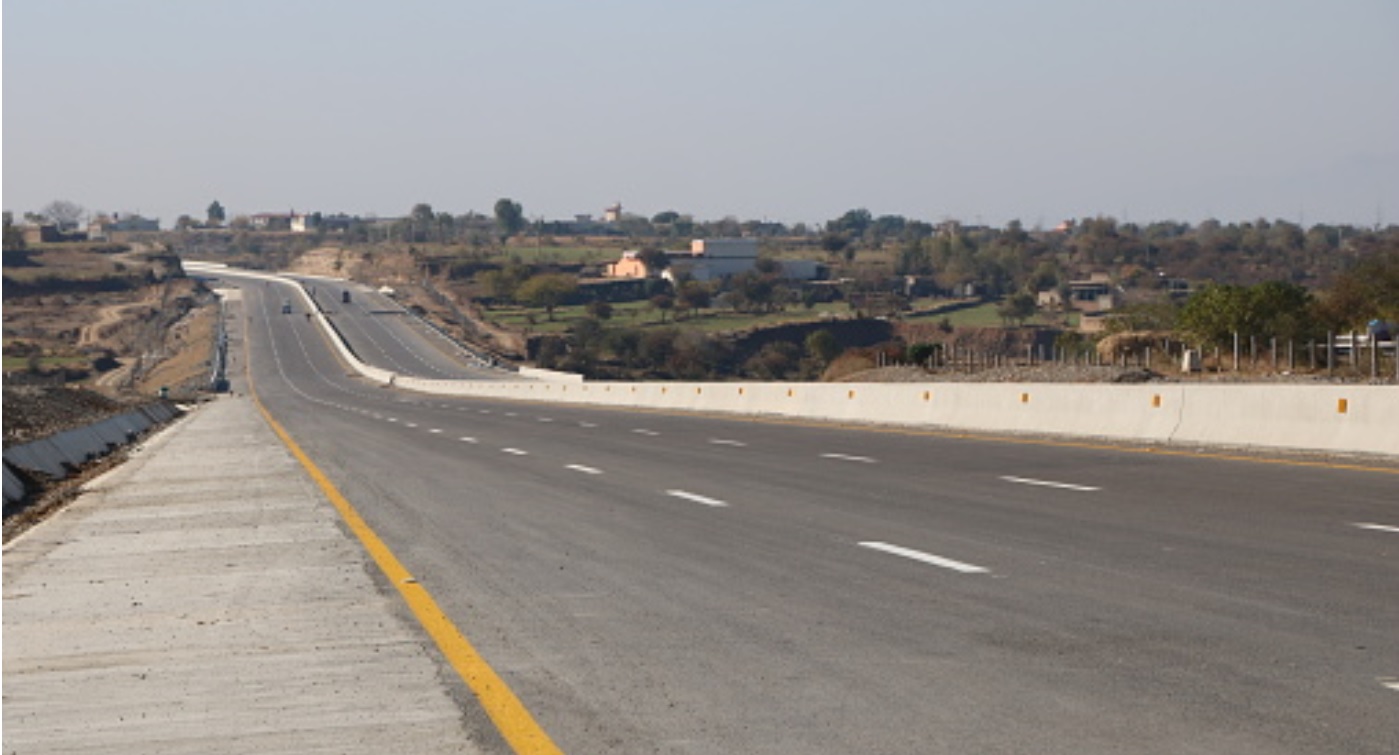
Secondly, lack of clarity around China’s plans for financing these projects will continue to bedevil CPEC. In December 2017, Sri Lanka agreed to grant a 99-year lease on its southern Hambantota port project to China, allegedly out of an inability to tackle mounting foreign debt (largely Chinese loans). Sri Lanka’s economy purportedly owes nearly $8.1 billion USD to China, and the debt-servicing risk has been a catalyst in triggering an economic slowdown in the country. Pakistan has already emerged as the world’s biggest recipient of Chinese-backed loans, availing nearly $4 billion USD in 2017. Recently, Pakistan’s Federal Minister for Planning, Development and Reform, Ahsan Iqbal, underlined a potential $8.2 billion USD loan to prop up the Mainline-1 railway infrastructure. Further, Pakistan recently turned down loan offers from the Japanese government – the loans were being offered at cheaper rates than China-backed ones – citing that the country’s loan portfolio would be unable to take more credit. The PML-N government’s lack of information-sharing over CPEC financing has further heightened fears of a Hambantota-like situation in Pakistan. The Pakistan Central Bank’s move to replace the U.S. dollar with the Chinese yuan for trading have–without considerable debate—set off concerns over Pakistan’s sovereign risks on Chinese-backed loans.
Third, several security and corruption-related challenges persist in the CPEC. Pakistan’s restive region of Balochistan—home to a simmering insurgency—poses significant challenges. On February 5, a Chinese senior executive was shot dead in the port town of Karachi by unidentified assailants. In June 2017, the Islamic State (IS) reportedly abducted and killed two Chinese nationals in Balochistan. Simultaneously, the Chinese government also stopped funding three road construction projects after reports of corruption emerged. Corruption-related issues are unlikely to go well with Beijing and could damage the appeal that CPEC holds, which may also deal blows to projects that could benefit Pakistan.
Checking Unbridled Optimism
In a survey conducted by Gallup in 2017, nearly two-thirds of the respondents underlined the importance of CPEC to Pakistan’s economy. For Beijing, failure to convert CPEC into an actionable instrument could seriously imperil the Pakistan public’s confidence of China, so it is likely to proceed with caution in light of the challenges stemming from corruption and insecurity. Islamabad remains optimistic about CPEC’s transformative effect, but how it addresses key challenges will determine whether it is merely an aim-changer or a game-changer for Pakistan.
Editor’s Note: This piece is part of a new SAV series, “CPEC: Where Are We Now?”, which assesses the status of the China-Pakistan Economic Corridor (CPEC). Read the other contributions here.
***
Click here to read this article in Urdu.
Image 1: Moign Khawaja via Flickr
Image 2: Sultan Dogar via Getty
